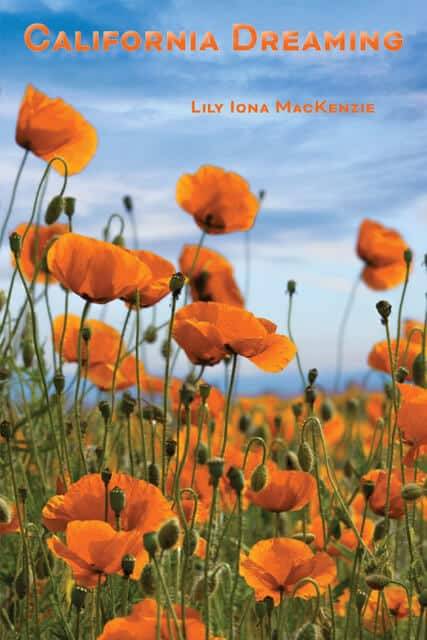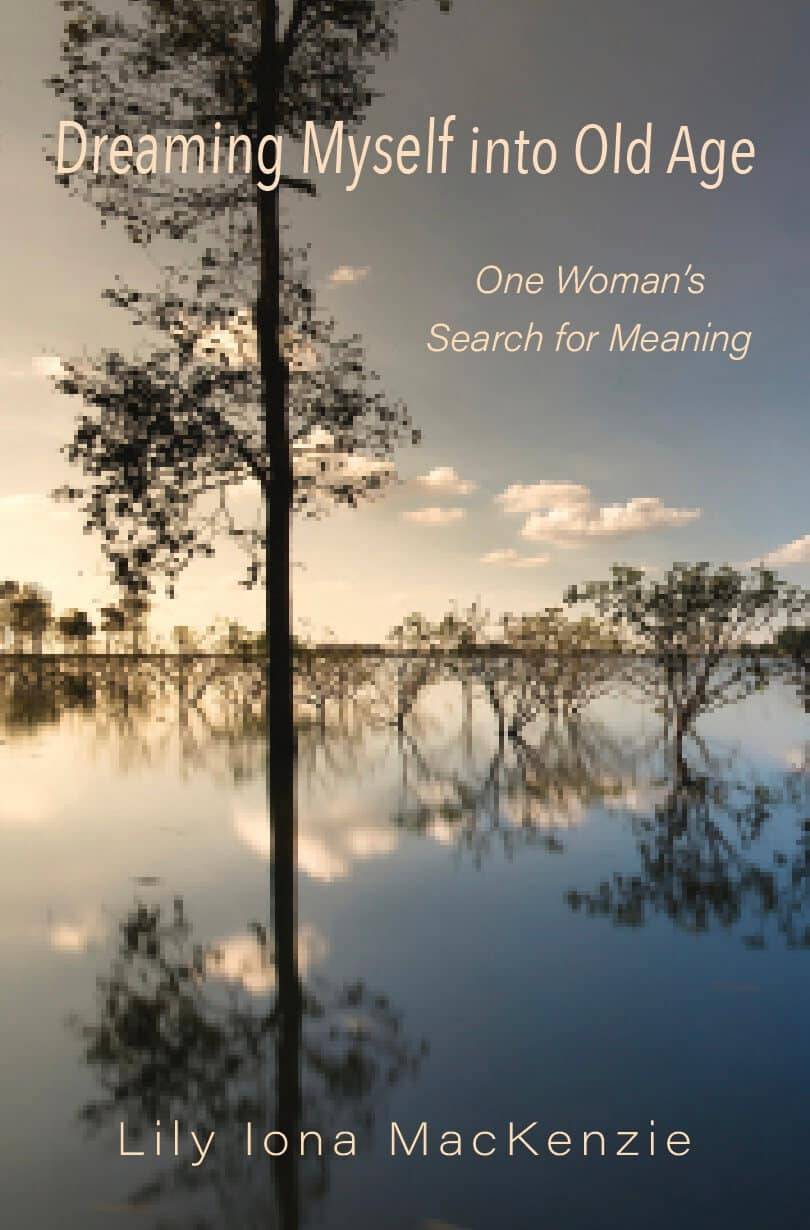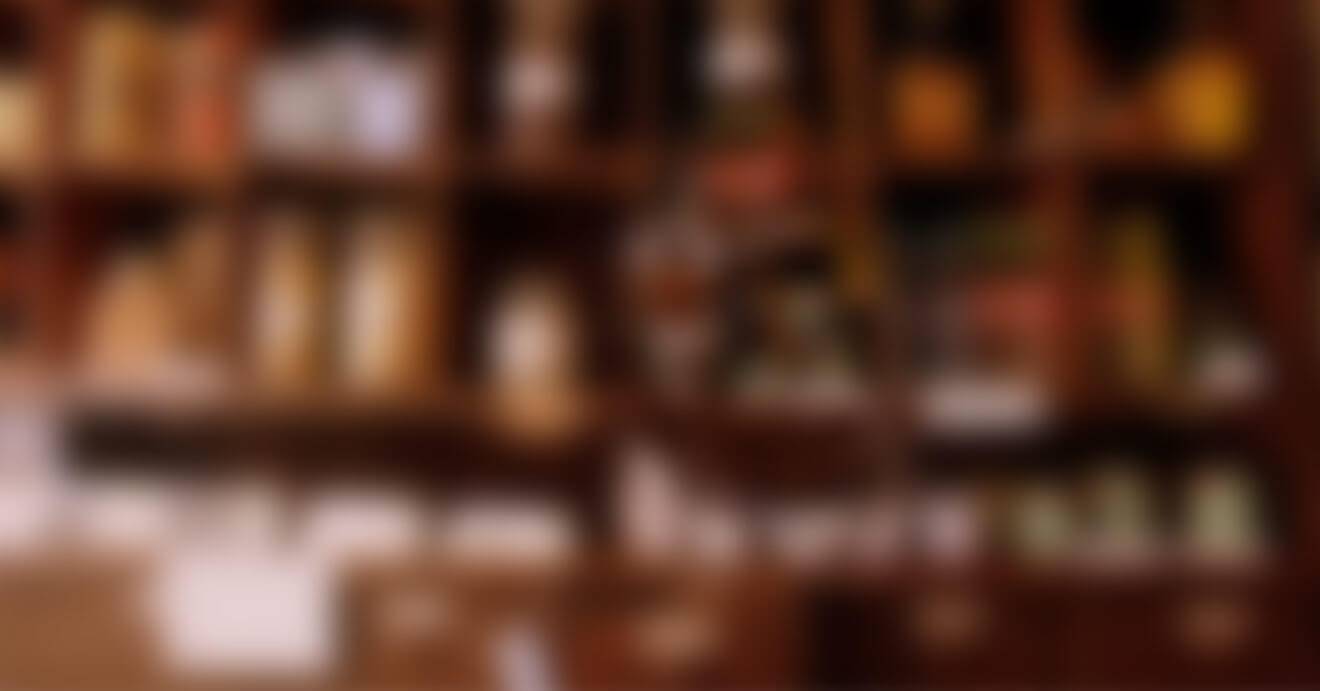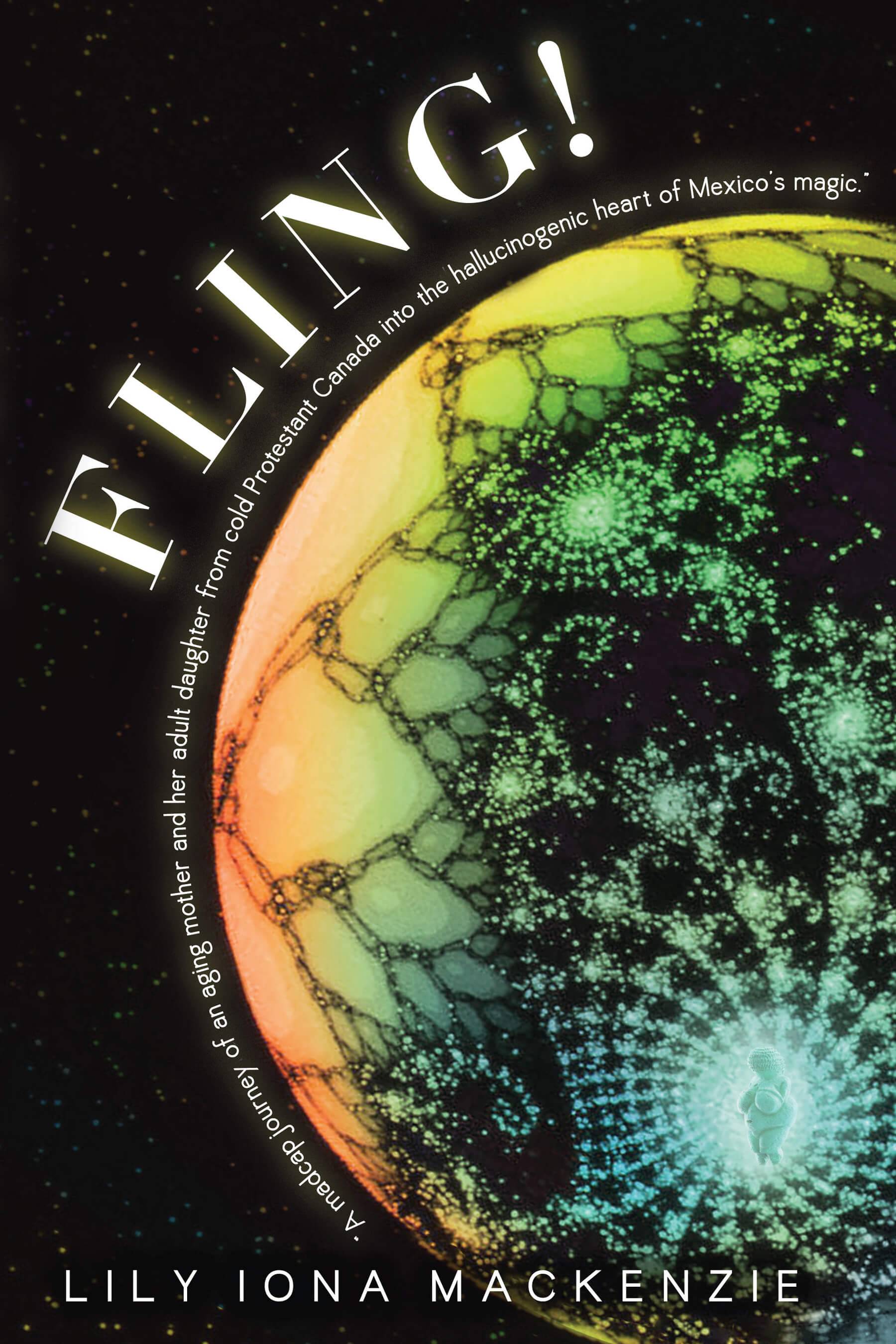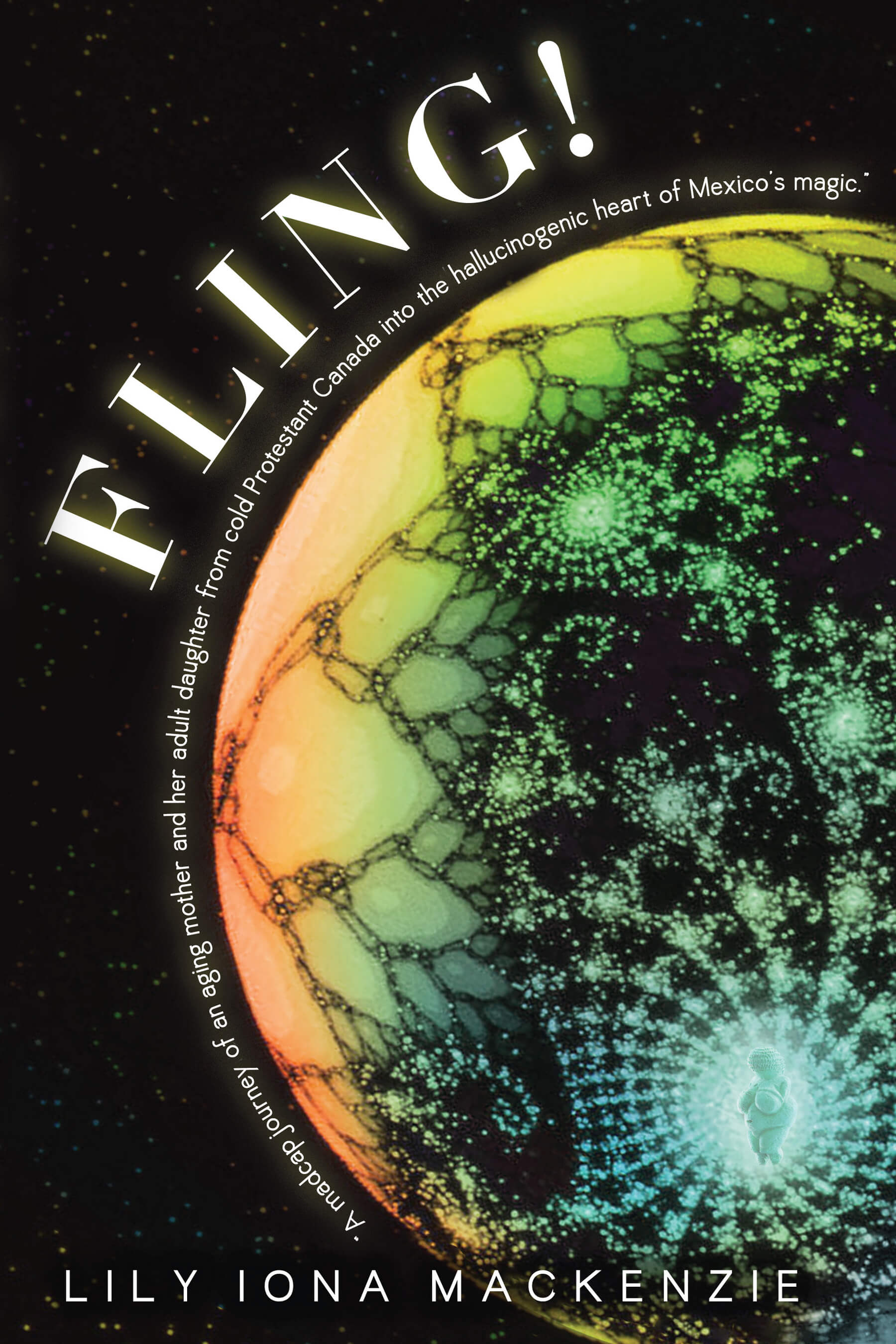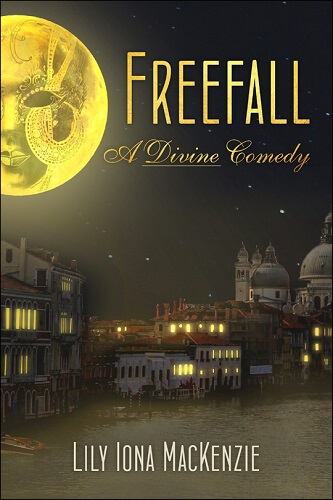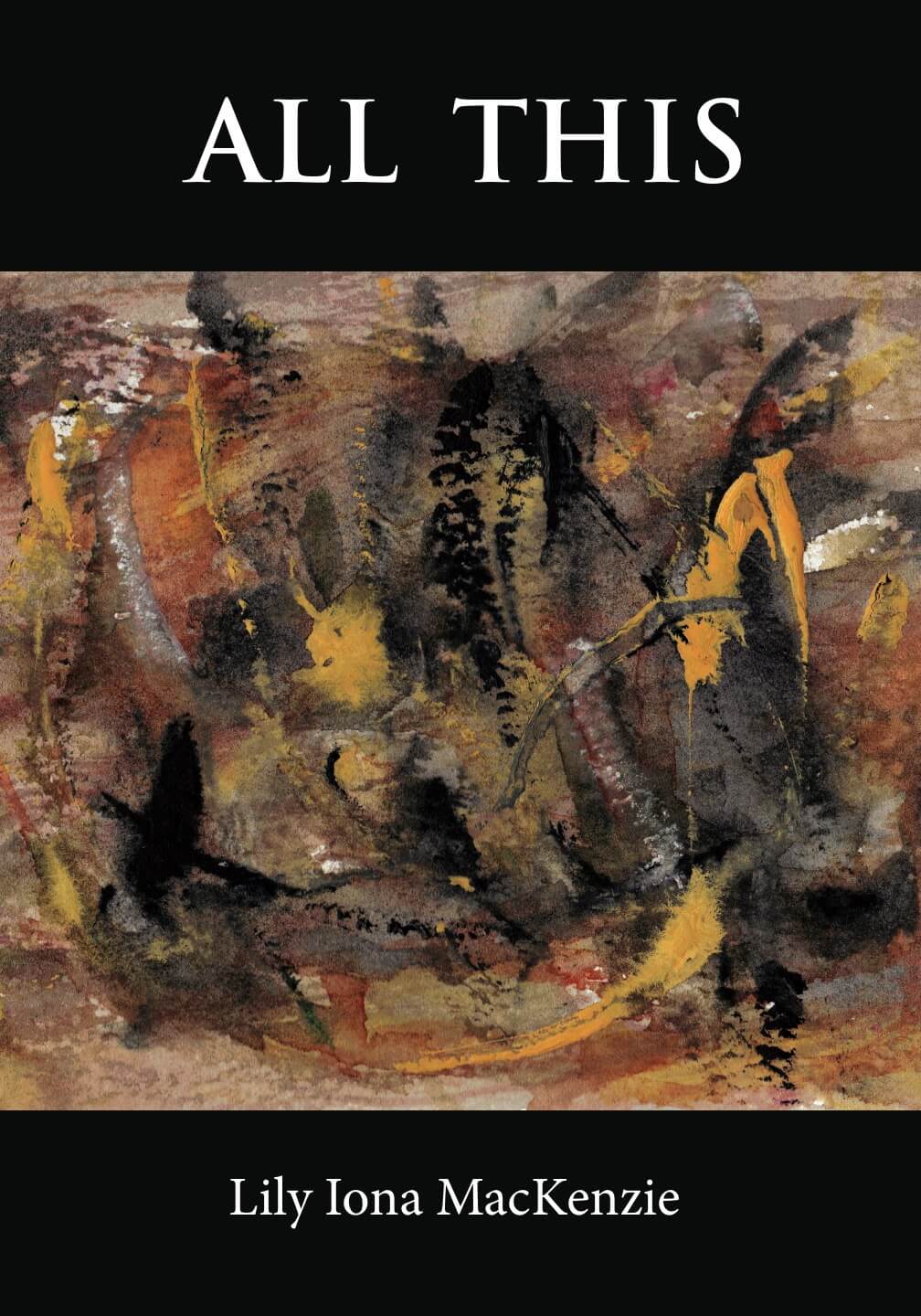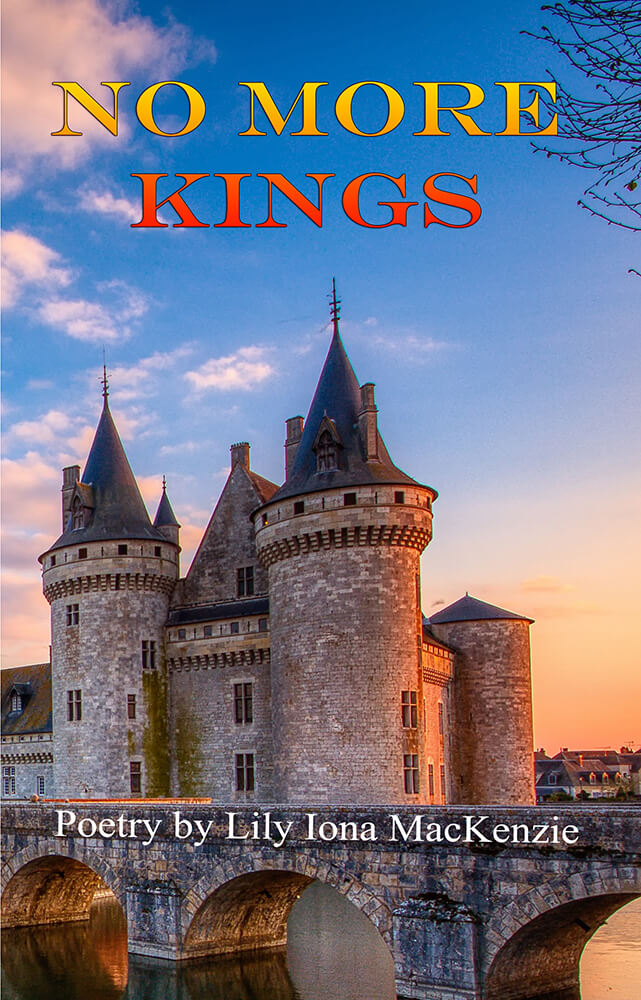I’ve just finished reading Paul Bowles’ The Spider’s Web after spending nine days in Morocco. The book has added to my understanding of Moroccan life, its pluses and minuses. Reading it was similar to visiting another country. The novel offers its own Morocco, the Morocco of Bowles’ imagination. But did it give me insight into Morocco I wouldn’t have had otherwise?
Yes. The Spider’s Web made vivid the French occupation of that country and took me inside its people’s feelings about this part of their history. Being there helped me to see that while the official occupation is over, the French (and others) still dominate. French is spoken as frequently as Arabic. And while officially France may not be in charge any longer, it still has a majority interest in most of the banks and other institutions. It’s not an easy relationship. Of the over 500 riads in Marrakesh’s Medina (the old section of Arab cities), only five or six are owned by Moroccans. That doesn’t mean only French people own the others, but it illustrates how powerless in certain ways some native Moroccans are.
Through Amar, the main character in The Spider’s Web, a fifteen year old Moroccan, the book also helped me to understand what role Islam and Allah play in many devout Moroccans lives. The present is what is important. Not the future. The present and the past. In many ways, it’s a backward looking culture, medieval in many of its current practices. Donkey carts mix with people riding motorbikes and bicycles in the Medina. Allah rules these lives: if something good happens, Allah destined it. The same is true for ill-fortune. Amar made me feel he had little or no control over his future. Perhaps none of us do. But that isn’t necessarily a Western idea.
I keep chewing on the words Marrakesh, Fes, Rabat, the three imperial cities that we visited, extracting the last drop of foreignness from them, tryin g to discover in the words themselves why Morocco lingers on my tongue like a fantastic meal—or a good book. From the moment we landed at the Marrakesh airport, I knew we had arrived somewhere strange. Not strange as in outlandish but as in weird and wonderful.
g to discover in the words themselves why Morocco lingers on my tongue like a fantastic meal—or a good book. From the moment we landed at the Marrakesh airport, I knew we had arrived somewhere strange. Not strange as in outlandish but as in weird and wonderful.
The airport has a small town feel to it, there being no gates. We descended from the steps of the plane to Moroccan soil and approached the main building on foot. Inside passport control, blue tile trimming granite pillars (blue is associated with Berbers, indigenous peoples of North Africa) made the room seem almost charming. The main entrance has a soaring white ceiling in geometric patterns. Arabic and French on signs remind us that English doesn’t reign here. Nor do the usual Western driving courtesies. Most intersections don’t have signal lights and would probably be ignored anyway. Drivers also disregard pedestrians, who don’t have the right of way. They plunge into the chaos of cars, motorbikes, and bicycles that cram the streets, leaving their fate to Allah.
We saw this first hand when the driver from our riad, a handsome young man who spoke decent English, drove us to one of the many (19 in all) gates that access the Medina. Cars couldn’t enter, so a porter met us. He took our two suitcases, and my husband Michael and I followed him into a dusty, pot-holed cobblestone street, crowded on each side with fruit, meat, and vegetable stands; bakeries; and clothing stalls. We dodged people on motorbikes and bicycles and donkey carts, trying not to stare at the shop owners and their customers, who were gawking at us. Scrawny stray cats darted between people’s feet and into holes in the walls. Most stores were open to the street, so workers were on full view, stretching leather or hammering metal or building furniture.
This constant cacophony in the street contrasted sharply with our riad (Riad Kniza) and the-inward turning quality of the houses. They don’t usually have windows overlooking the street (except for peepholes so residents can see who is at the door), the interiors containing courtyards and gardens and even terraces that overlook the city. This inwardness mirrors something in The Spider’s Web. Most of the characters felt trapped in their own interiors, unable to connect meaningfully with others. But the book didn’t prepare me for our reception at our riad.
When we arrived, we were ushered in to one of the several lovely public spaces on the ground floor, graced with an array of antiques, and a sweet young man poured us glasses of hot mint tea and served Moroccan pastries (not too sweet). He did all of this with grace and style. The whole check in process had a ceremonial feel to it. Hannan, the woman who greeted us, moved very slowly, in a measured way, and the Riad itself felt serene and quiet. Arab music played in the background.
While we were enjoying our tea, the same young man took our bags to our room and turned on all the lights as well as the air conditioner. We felt like guests in someone’s private home rather than tourists. The riad was 100 times better than I expected. It’s a 5 star place. We’ve never had a suite so sumptuous and beautiful. It has a huge living room, a large area with a massive king-size bed. A large (two basin) marble bathroom. The décor is Arab/Moroccan and exquisite: carved reliefs circle the top trim in the room and the cupola above our bed. We overlooked the courtyard, but it was quiet there. The whole place was quiet
On our first night, we walked to the central square in the Medina and were blown away by sights, sounds, smells, and colors. Locals and visitors strolled on the sidewalks, most headed for the main square (Jamaâ El Fna) unlike anything we’ve ever seen before. Food stalls and vendors vie with acrobats and storytellers and anyone who has a shtick to peddle. It’s amazing the number of people who gather here each night to talk, look, and just interact at the end of each day. The square is huge and it attracts throngs of locals and visitors. 
The old town has roo ts in medieval times, so we felt part of many historical layers there: young men are still apprenticing to learn basic crafts and to work with materials that have been lost in America to mass manufacturing and the machine: metal, leather, yarn (incredible to see how they die it non-chemically), etc. The Souqs are a feast for the eyes, a motley assembly of goods that are gorgeous to behold.
ts in medieval times, so we felt part of many historical layers there: young men are still apprenticing to learn basic crafts and to work with materials that have been lost in America to mass manufacturing and the machine: metal, leather, yarn (incredible to see how they die it non-chemically), etc. The Souqs are a feast for the eyes, a motley assembly of goods that are gorgeous to behold.
We would have been happy to stay in Marrakesh our whole time in Morocco, but Fes called to us, as it did to Bowles and his characters in The Spider’s Web.
Pen-L Press will be publishing my novel Fling in 2015. A wildly comic romp on mothers, daughters, art, and death, the book should appeal to a broad range of readers. While the main characters are middle-aged and older, their zest for life would draw readers of all ages, male or female, attracting the youthful adventurer in most people. Though women may identify more readily with Feather and Bubbles’ daughter and mother struggles, the heart of the book is how they approach their aging selves and are open to new experiences. Since art and imagination are key to this narrative, artists of all ages would find something to enjoy. And because the book crosses many borders (Scotland, Canada, the U.S., and Mexico), it also can’t be limited to a specific age group, social class, gender, or region.
My first fan letter for Fling came from an 80 year-old woman who lives in the tiny village of Christina Lake, B.C. My son, who also lives there, had given her my manuscript to read. She said, “I just wanted to express to you how very much I enjoyed your writing. I started it and didn’t stop till I had read it all. I very much like your style and your subtle humor. Thank you for a most enjoyable read. I can’t understand why it hasn’t been scooped up by some publisher. But I know that it will be. In my estimation I know that it is excellent literary work. I am a voracious reader and have been since grade 4. I remember my first book was Tom Sawyer and I have never stopped since then. I go through 4 to 5 books a week. We are so fortunate here at the Lake now. The Library staff in Grand Forks come out here every Wednesday. I have become very fond of the young lady who comes out. She provides me with all the award winning books and orders others for me. Again I want to express to you how very much I enjoyed your manuscript. Have patience my dear….it will be published to wide acclaim I am so sure.” —Joan Fornelli.
Here is a synopsis:
Feather, an aging hippie, returns to her Calgary home to help her mother, Bubbles, celebrate her 90th birthday. Bubbles has received mail from the dead letter office in Mexico City, asking her to pick up her mother’s ashes, left there seventy years earlier and only now surfacing. Bubbles’ mother, Scottish by birth, had died in Mexico in the late 1920s after taking off with a married man and abandoning her husband and kids.
A woman with a mission, and still vigorous, Bubbles convinces a reluctant Feather to take her to Mexico so she can recover the ashes and give her mother a proper burial. Both women have recently shed husbands and have a secondary agenda: they’d like a little action. And they get it.
Alternating narratives weave together Feather and Bubbles’ odyssey with their colorful Scottish ancestors, creating a family tapestry. The “now” thread presents the two women as they travel south from Canada to San Francisco and then Mexico, covering a span of about six months. “Now” and “then” merge in Mexico when Bubbles’ long-dead mother, grandmother, and grandfather turn up, enlivening the narrative with their antics.
In Mexico, the land where reality and magic co-exist, Feather gets a new sense of her mother. The Indian villagers mistake Bubbles for a well-known rain goddess, praying for her to bring rain so their land will thrive again. Feather, who’s been seeking “The Goddess” for years, eventually realizes what she’s overlooked.
Meanwhile, Bubbles’ quest for her mother’s ashes (and a new man) has increased her zest for life. A shrewd business woman (she’s raised chickens, sold her crafts, taken in bizarre boarders, and has a sure-fire system for winning at bingo and lotteries), she’s certain she’s found the fountain of youth at a mineral springs outside San Miguel de Allende; she’s determined to bottle the water and sell it.
But gambling is her first love, and unlike most women her age, fun-loving Bubbles takes risks, believing she’s immortal. Unlike her daughter, Bubbles doesn’t hold back in any way, eating heartily, lusting after strangers, her youthful spirit and innocence convincing readers that they’ve found the fountain of youth themselves in this character. At ninety, she comes into her own, coming to age, proving it’s never too late to fulfill one’s dreams.
Fling, a meditation on death, mothers and daughters, and art, suggests that the fountain of youth is the imagination, and this is what they all discover in Mexico. It’s what Bubbles wants to bottle, but she doesn’t need to. She embodies it. The whole family does.
